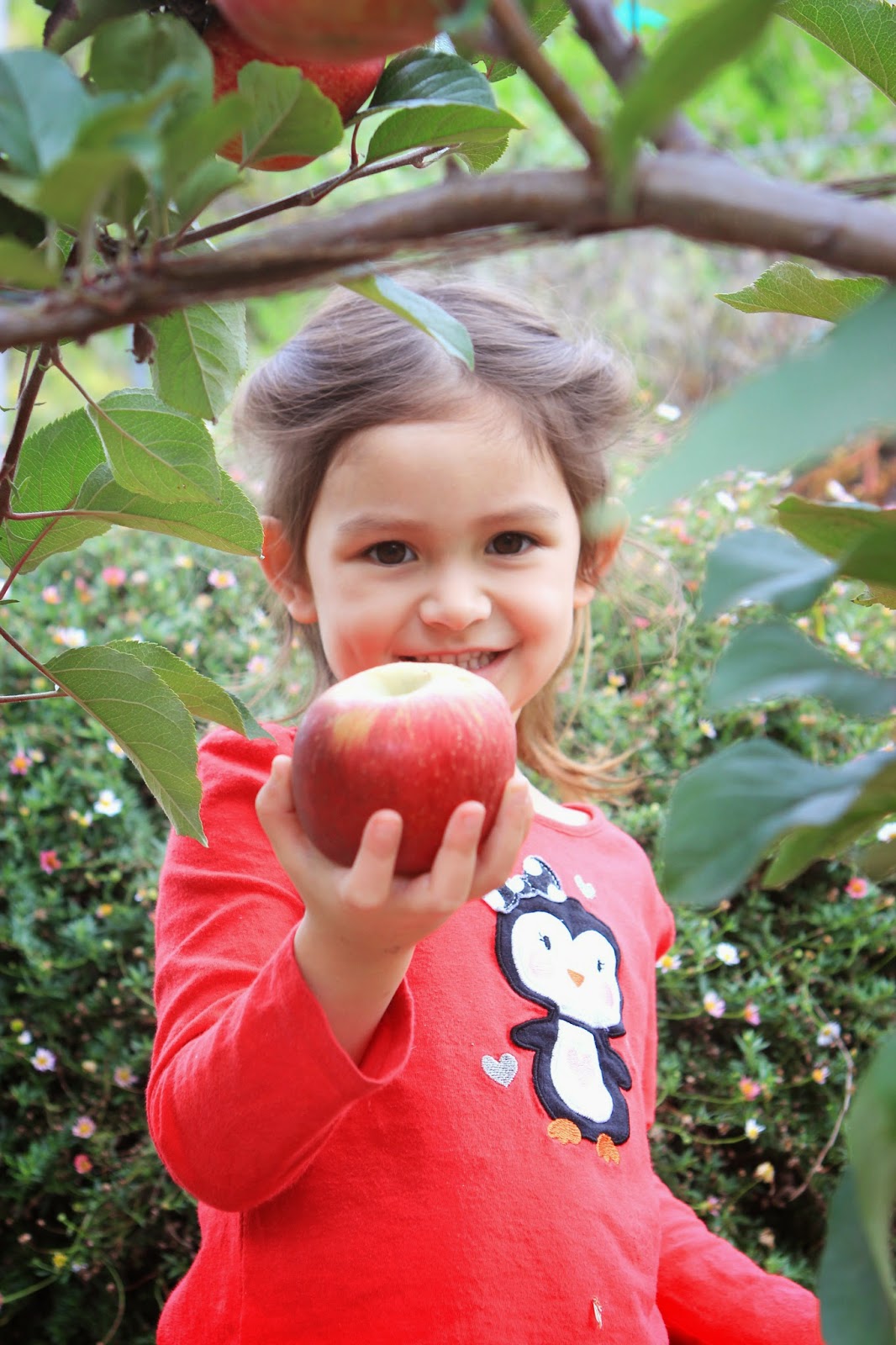The paper in the pay-to-publish journal Environmental Research Letters analyzed over 40 years of climate conditions they correlate to the growth cycle, bud break to fruit, of apple trees. They sound the alarm that the largest apple-producing counties in the US (Yakima in Washington, Kent in Michigan and Wayne in New York) have already been impacted.
The question has to be, if apple production is plummeting, why haven’t costs gone up far higher than other foods during the inflation of the last few years?

The answer is perhaos that harmful impacts haven’t been felt because apples are growing better in other areas. Hot days (above 93 degrees Fahrenheit) and warmer nights (above 59 degrees) have affected coloration but not yields. The same is true of cold days. Other areas may even have been leveraging those changes to gain a competitive advantage.
Changing the time when apple flowers bloom in current production areas may affect apple appearance and quality but highlighting the potential impact on the west coast of the US is odd. Farmers have long worried about cold snaps and heat waves, they have netting and water to mitigate heat while even growers in Florida have long-used propane heaters for periodic cold spells.
For now, apples remain affordable but growers in other areas may be looking to capitalize on any losses by Washington, Michigan, and New York. The food won’t change but where it is grown might.







Leave a Comment